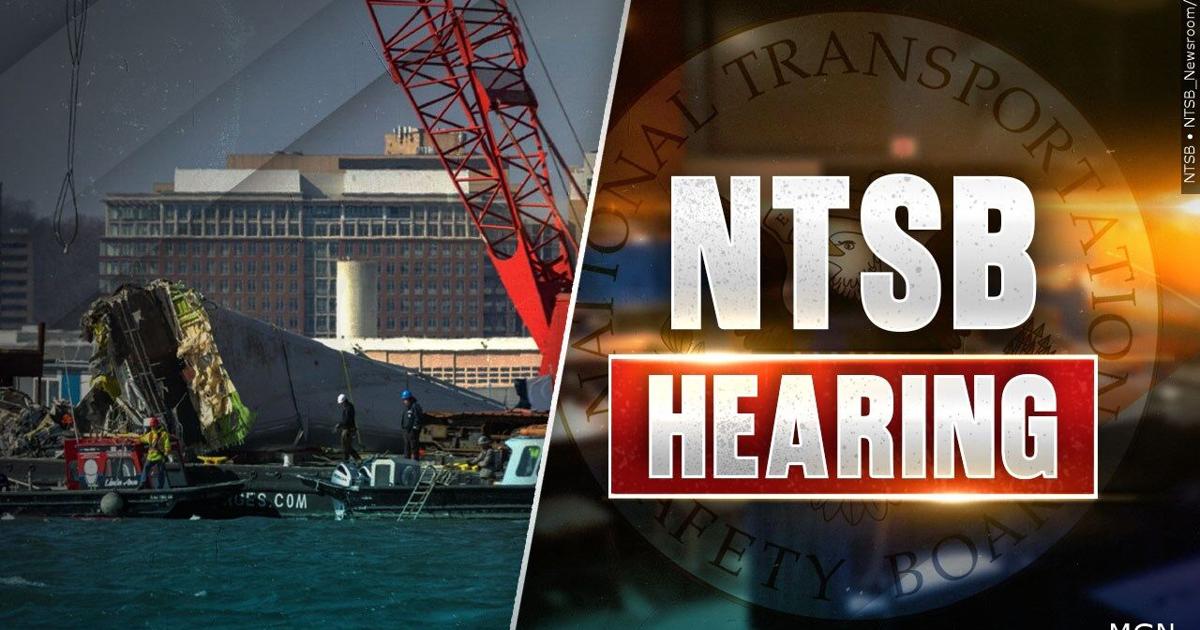U.S. Army Helicopter Collides with Passenger Jet in Washington
(Washington, D.C.) A U.S. Army Black Hawk helicopter collided with a passenger jet over Washington, D.C., in January, resulting in 67 fatalities on both aircraft, according to the National Transportation Safety Board (NTSB).
Experts told the NTSB that the helicopter pilots faced challenges in spotting the jet due to night vision goggles, which obscured colored lights and limited peripheral vision near Ronald Reagan Washington National Airport. The crash was discussed during a public testimony session, highlighting the urgency for improved safety measures.
Testimony revealed that the collision occurred as both aircraft were on a collision course, with the pilots potentially unaware of the jet’s approach from a secondary runway. NTSB Chairwoman Jennifer Homendy urged the Federal Aviation Administration (FAA) to address longstanding safety warnings.
The NTSB indicated that the investigation could take until next year for a final report. Initial findings suggest the helicopter was flying above prescribed levels, and experts noted critical failures in communication between the air traffic controller and the helicopter pilots.
FAA officials admitted that a controller failed to alert the jet about the helicopter’s proximity, despite observing the danger. Additionally, a lapse in alcohol testing for air traffic controllers after the incident has drawn scrutiny.
NTSB members expressed frustration over the FAA’s lack of cooperation in the investigation, with concerns about safety culture in air traffic control operations. Investigators are examining multiple factors contributing to the collision, emphasizing the need for systemic changes to improve aviation safety.

